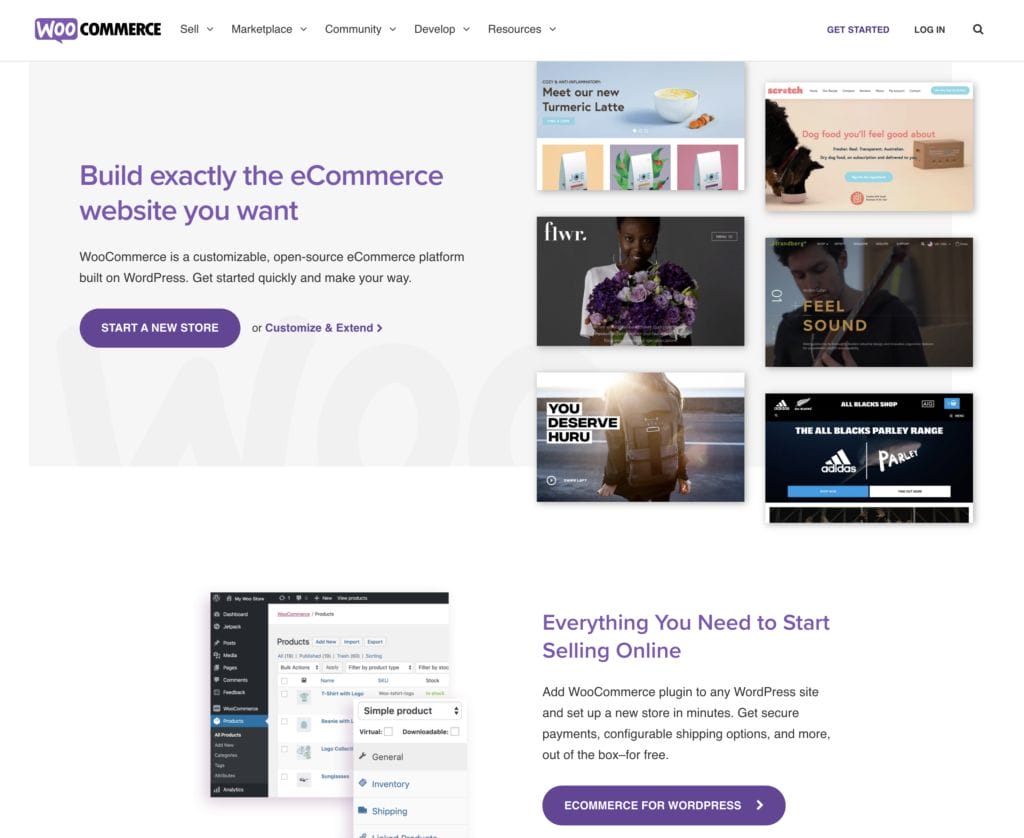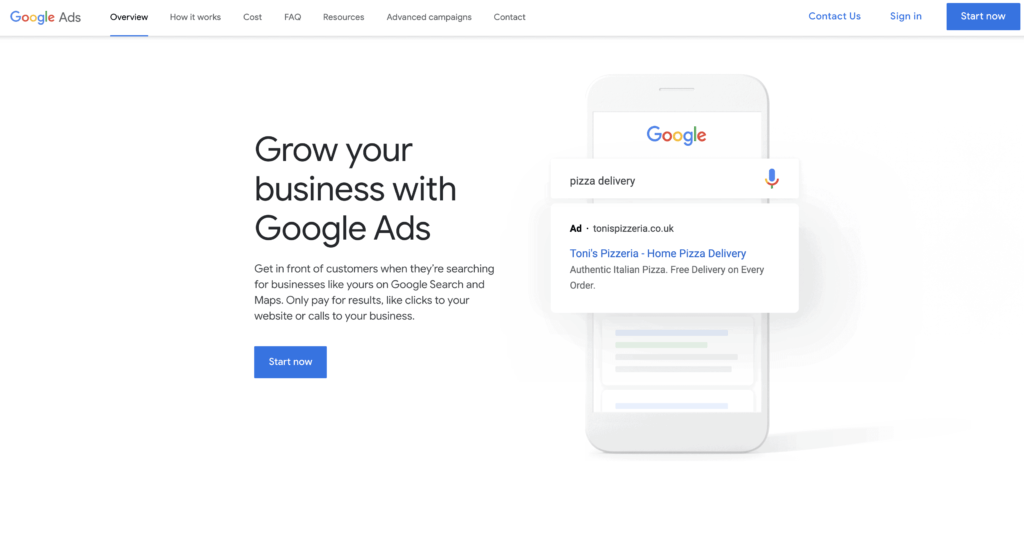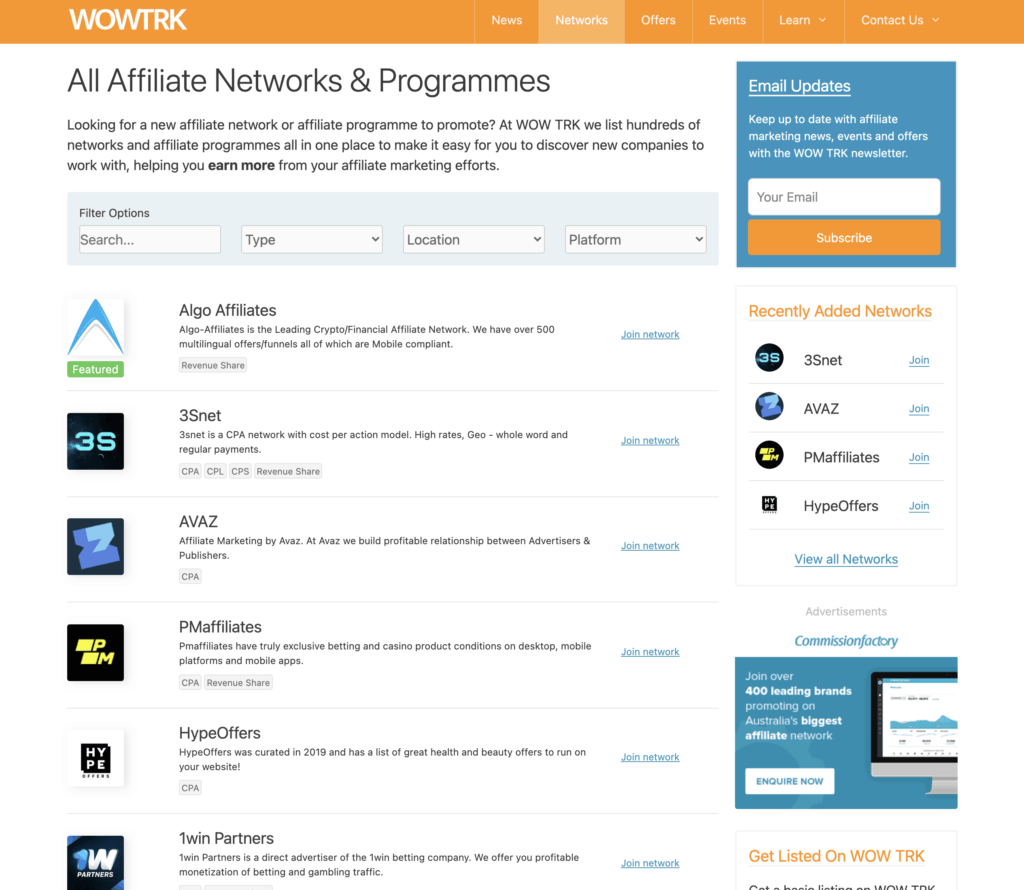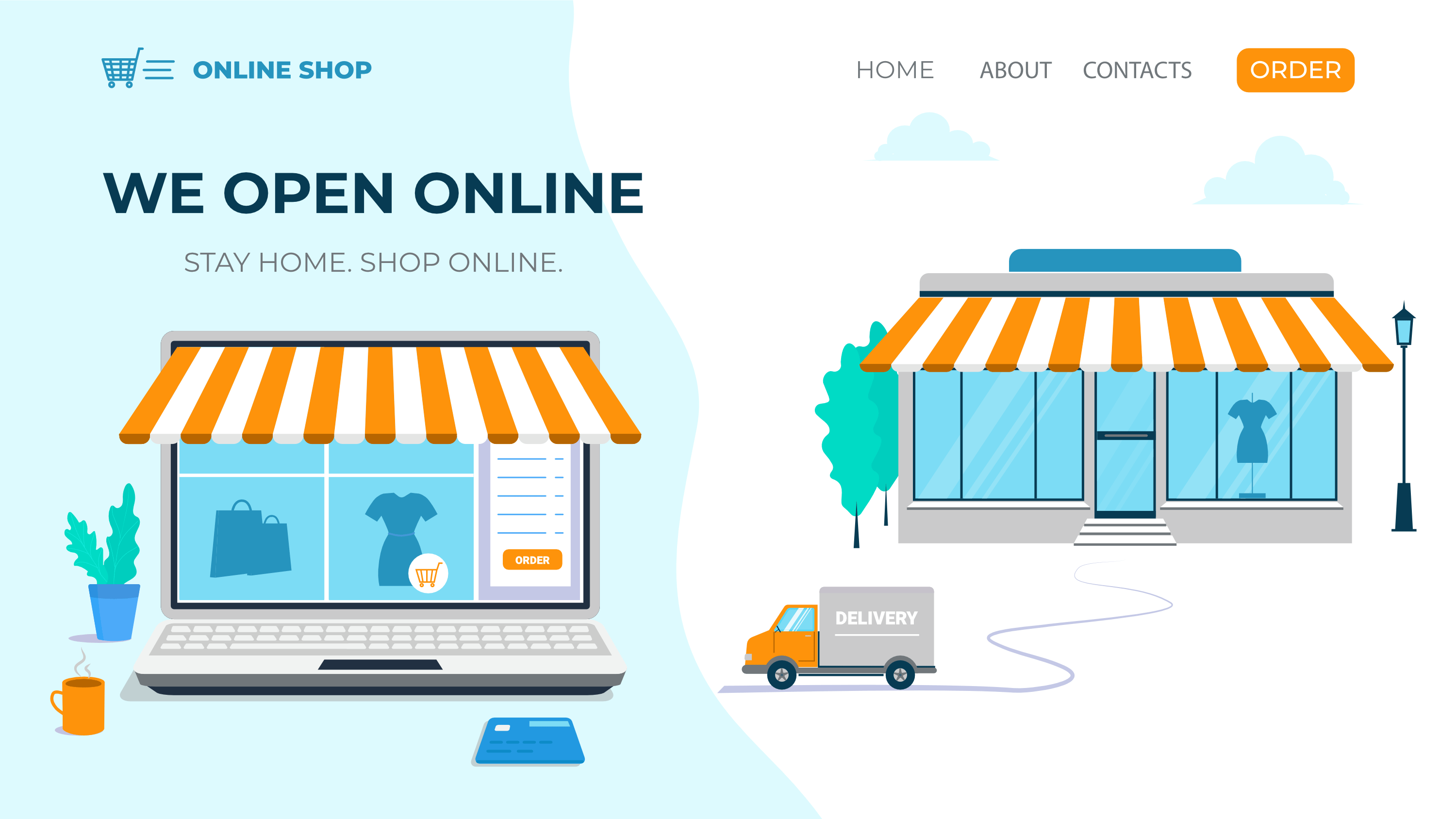With the advancement of technology and ease of internet access, it’s now increasingly more convenient to shop online. People can easily browse and shop for products that match their needs without having to step outside.
With an eCommerce website, you can tap into this market more easily without having to worry much about steep competition.
This article will cover the reasons why creating an eCommerce website is the best option for your online business, the steps to do it, and tips to market your site.
Why Should You Build an eCommerce Website?
Considering the increasing number of people who shop online, creating an online store, in general, can be very beneficial for your business.
However, there are some advantages you will get by creating your own website rather than depending on existing marketplaces. Here are some of them.
- Increase brand awareness – Built by familiarizing others with your brand name and brand identity. With a website, this can be done by having your brand name in its domain and a unique design.
- Create trust – Creating an eCommerce website is not a quick and easy process, so having one for your business creates a sense of trustworthiness.
- Easy to customize – Allows for more flexible customization, from the background color to font choice. This helps align your website with your brand identity.
- Build a loyal customer base – Helps you create a client database and stay in touch with them through offers or members-only discounts.
- Staying unique – Makes your brand stand out among the rest. Its uniqueness is why a website is more memorable than a marketplace store or social media account.
7 Steps to Build an eCommerce Website
Building your own website, let alone an eCommerce website, may seem like a challenging task at first. However, the end result will be worth the effort.
Here are the steps you need to follow to build an eCommerce website.
1. Choose a Product to Sell
You may already have a general idea of what line of products you want to sell, but may not have thought about which exact items to put in your store. To do this, you will have to research.
Research does not always mean following rigid, scientific steps to obtain data. Sometimes it means Googling what items are trending or checking marketplaces to see what’s on top.
Alternatively, if you want your business to stand out and sell original products, a couple of websites have compiled a list of some online business ideas you can try out.
These ideas include unique items like handmade craft products that your visitors can’t get elsewhere.
2. Choose an eCommerce Platform
When choosing an eCommerce platform, some things are known to vary between them, like the ease of use, customizability, and features included.
Some platforms like Magento are known for their vast number of features, but it requires coding skills to use. This may be difficult for beginners who are just starting out.

Another popular eCommerce solution, WooCommerce, is simpler than Magento. It’s a WordPress plugin that is a great choice for beginners.
It’s also free to use. However, some features that are available in the WooCommerce Marketplace have to be purchased separately.
Additionally, to run a site, with either of these platforms you will need to buy a domain name and web hosting.

3. Pick a Website Template
Once you have picked an eCommerce platform, the next step is to check the templates available.
Matching the overall look of your template or theme to your brand identity is important, for example with font choice, color palette, and shapes. Make sure it evokes the unique feel of your brand.
Another important aspect of a theme is its functionality. Some templates may look great but are actually clunky to use. They may be slow to load, are hard to navigate, or not mobile-friendly.
4. Customize Your eCommerce Site
Customizing your eCommerce site means adding features to it. These features may be free to get or have to be purchased first, depending on the platform.
Some examples of useful features you can include on your website are subscription options for customers, integration with social media ads, and marketing automation.
5. Upload Products and Add Content
With all the necessary features added to your site, the next step is to upload products to your catalog.
Create categories for your products to make them easier to find for visitors, and include the product name, description, and information such as color and size options on each page.
You also need to add content for the product page once the product is uploaded. Other than the product description and variations, upload images of the product as well.
6. Configure Payment and Shipping
Payment options are a crucial part of having an eCommerce site. Having a wide variety of options will help you draw in more customers.
Generally, the most common payment options for eCommerce are credit/debit card payments, bank transfers, direct carrier payments, Bitcoin through crypto markets and eWallet.

For shipping, you can make it more convenient for your customers by including a shipping rate calculator on your website.
Since the shipping rate will be included in their payment, it’s important for them to know how much they need to pay before checking out. For further research, check out this list of payment processing companies that might work for your cart.
7. Publish and Promote Your Online Store
Last but not least, you have to promote your eCommerce website.
A free option would be making a social media account for your business and direct visitors to your site from there. Improving your website’s SEO will also help bring in more visitors.

You may also use paid ads to get more clicks to your site, for example through search engine advertising like Google Ads.
3 Tips to Market Your eCommerce Site
Promoting your store may be the last step in building an eCommerce site, but it’s actually the beginning of your business.
Here are some of the most effective ways to market your eCommerce site.
1. Affiliate Marketing
For affiliate sites, joining an affiliate marketing network helps them gain income by promoting products on their site.
As the merchant, your eCommerce site will get an increase in new visitors and get a boost in sales in exchange for a commission for the affiliate site.
An affiliate marketing network, like its name, includes many affiliate sites. The merchant has a unique link for each affiliate site to keep track of every sale.

Nowadays, the biggest platforms for affiliate marketing are blogs and YouTube channels.
To optimize affiliate marketing, make sure the affiliate sites match the niche of your business. For example, if your eCommerce site specializes in selling kitchenware, you may want to partner with food bloggers or cooking YouTube channels.
2. Promote on Social Media
There are 3.6 billion people using social media worldwide in 2020. As one of the most popular digital activities worldwide, marketers are now looking towards social media to promote their business.
Social media marketing refers to the use of social media to promote. Since each social media platform has different types of content, they require different strategies and are best used for different activities.
For example, if you want to share how-to guides, sharing them as a YouTube video will be more attractive and engaging for your audience. You can use Twitter to communicate and reply to your customer’s comments.
3. Give Away Freebies
A great way to market your eCommerce store is by giving away freebies, for example you can give away free gift cards in a competition and encourage users to share the competition in order to gain more entries into the prize draw. According to the latest gift card statistics 17% of people would opt for a gift card as their preference when it comes to receiving a gift.
Online tools like KingSumo make it super easy (and very cheap!) to setup a competition for your business and encourage people to share it over social media.
4. Use Paid Ads
Last but not least, paid ads can be used to gain exposure for your business and bring in new customers to your site.
A popular form of paid advertising is Google Ads. It uses the CPC (cost per click) payment method, which means advertisers pay based on the number of times visitors click on the ad or do a certain action.
With Google Ads, your ads can be placed either on top of search engine results pages or displayed on Google Network sites.
Conclusion
Creating your own eCommerce website may seem challenging for beginners. However, once you know all the steps you need to cover and weigh the advantages you will get from having your own site, it’s all worth the process. You’re now all set and ready to start your very own eCommerce site.
